
Simple Past oder Past Progressive? Übungen mit Lösungen Englisch nachhilfe, Past progressive
2. Signalwörter. Eine eindeutige Zuordnung dieser beiden Zeitformen durch Signalwörter ist nicht möglich. Das Signalwort yesterday kann das Simple Past verlangen, aber auch das Past Progressive. Es hängt davon ab, ob die Handlung als Verlauf (Past Progressive) betrachtet wird oder als einzelne Handlung (Simple Past). 3. Bildung.

Wann Simple Past Wann Past Progressive
1. Form Base V + -ed (and various irregular verb forms) The ending -ed is added to the base form of the verb.

past simple vs past progressive1 YouTube
Remember- the simple past talks about something that happened before. It happened and it finished. Some words are regular and just have -ed added at the end like walked, helped, and played. Others are irregular and have many variations like ate , began, and slept . The past progressive talks about something that was happening before, but for a.

Past Simple oder Past Progressive/Continuous? YouTube
In English grammar, the past progressive is a verb construction (made up of a past form of the verb "to be"—"was" or "were"—and a present participle) that conveys an ongoing action in the past that has been completed. The past progressive is also known as the past continuous . Simple Past Vs. Past Progressive
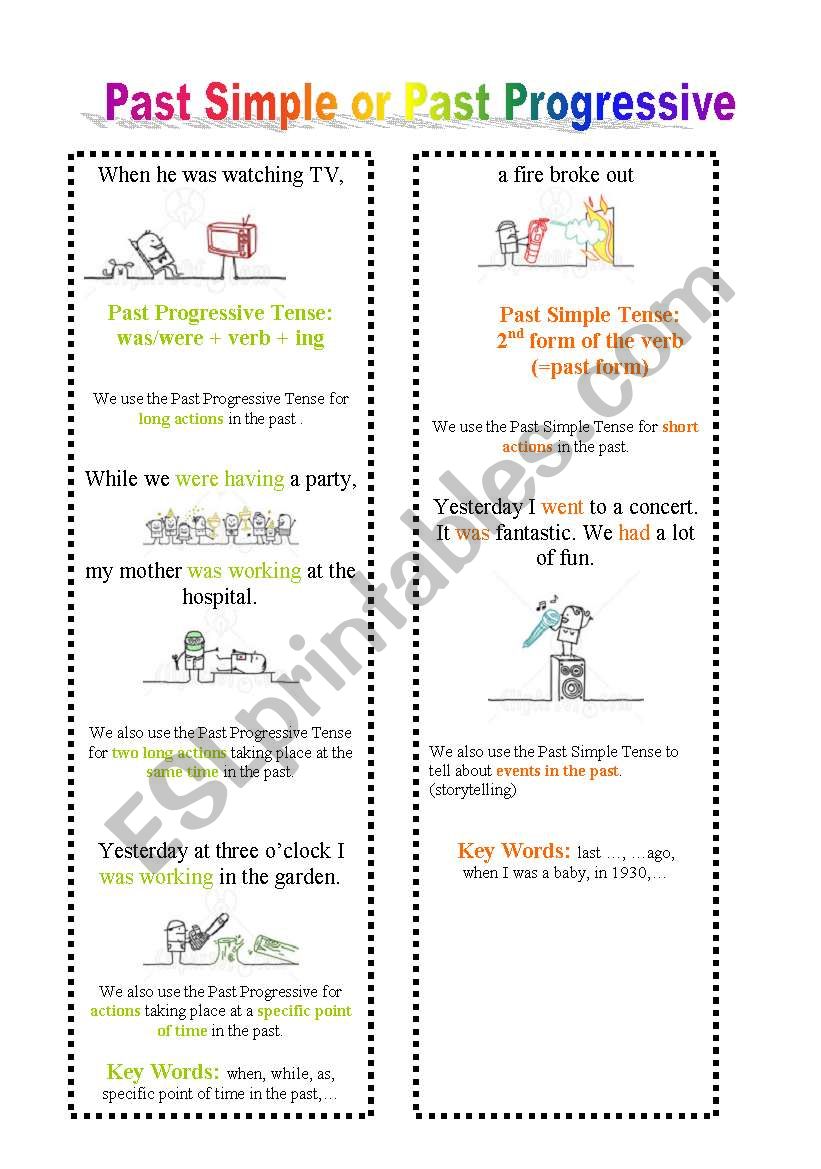
Past Simple or Past Progressive 2 pages ESL worksheet by kiru
Past Simple or Past Progressive - Exercise 6. Use the past simple or past progressive to complete the sentences. 1. George (fall) off the ladder while he (paint) the ceiling. 2. Last night I (read) in the bed when I suddenly (hear) a scream. 3. you (you watch) TV when I (call) you?
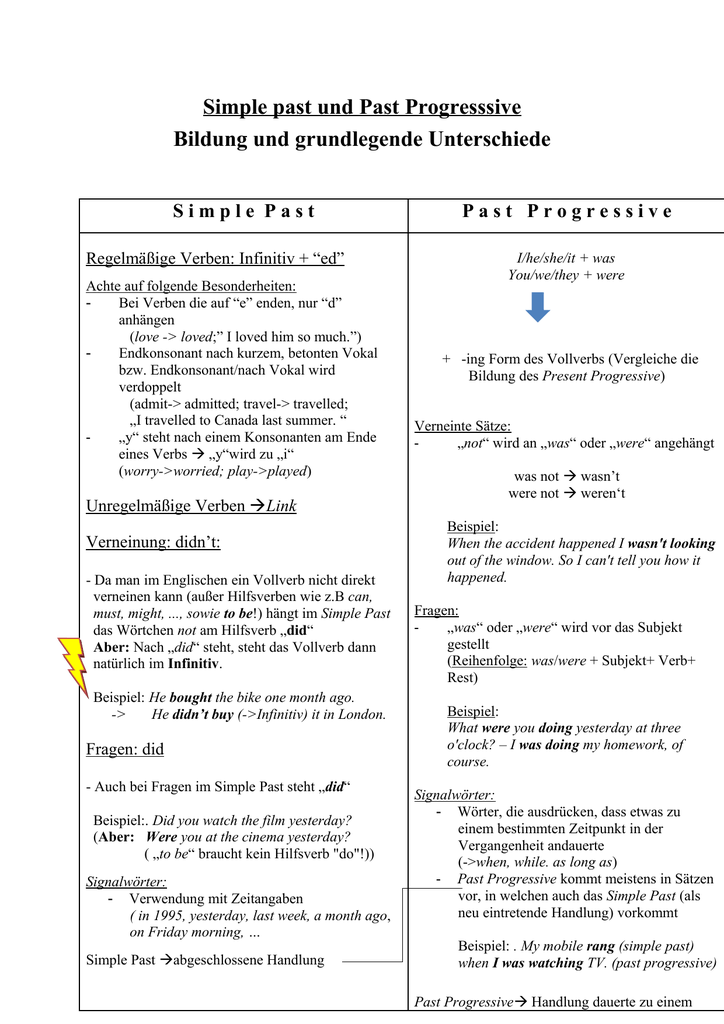
Simple Past Past Progressive Erklärung
The past progressive tense, also called the past continuous tense, emphasises a continuing or incomplete action in the past. We can use this tense to describe what was in progress at a specific moment in time in the past. It is formed with the past form of the auxiliary verb be (was/were), and the present participle or -ing form of the main verb.

Past progressive and simple past
The past progressive is formed by the singular or plural past tense of to be ( was or were) and the -ing form of the verb, which we also refer to as its present participle (e.g., listening, planting, studying, flying, clearing, forming ). Examples You were listening to the radio. Keenan was studying for the test.

Simple Past Past Progressive Übungen
Some are interchangeable and some aren't. Example: The train leaves in ten minutes. We will have to hurry up or we are going to miss the train. It can be difficult for non-native speakers to understand the difference between simple, progressive and perfect tenses in English. Here, we compare the English tenses and explain the difference.

Simple Past and Past Progressive, Definition and Example Sentences Simple Past and Past
Here's an interactive exercise about the past simple and past continuous tenses - choose the correct tense.
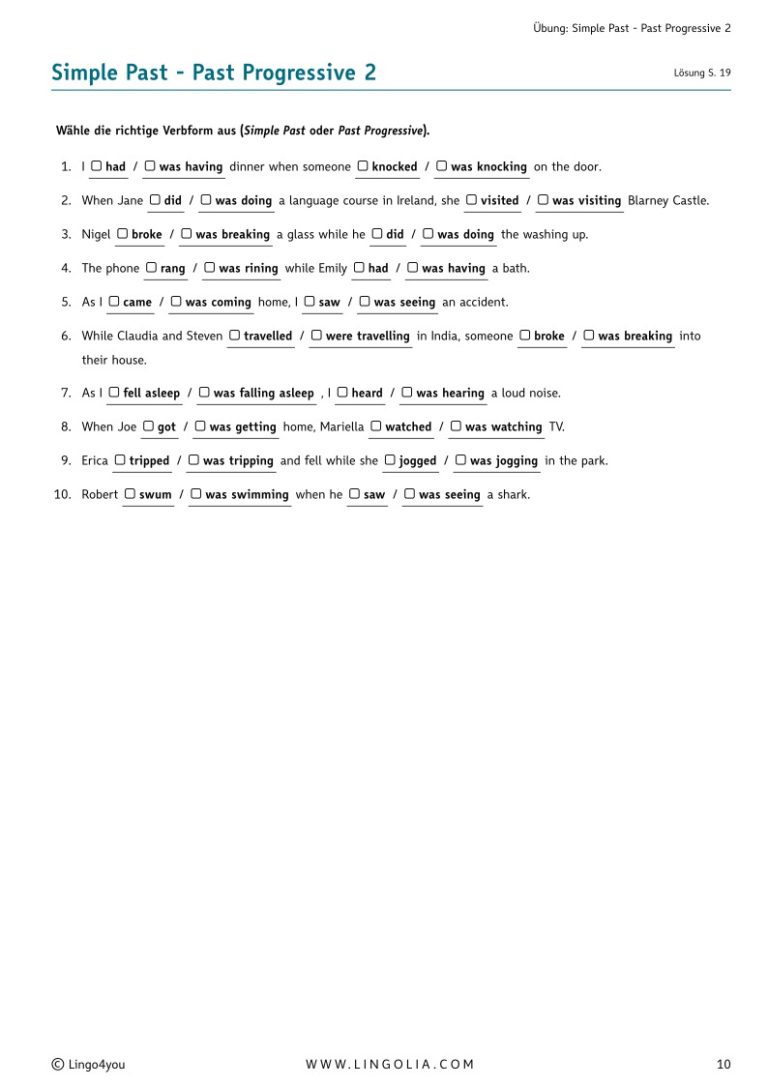
Gegenüberstellung Simple Past Past Progressive Lingolia Shop
Past simple vs. past progressive: Ate, were eating A2. Explanation. A verb is a word or phrase that is the main part of a sentence and expresses action or a state of being. The past simple tense is used to talk about an action that happened before now. There are regular and irregular past tense forms.
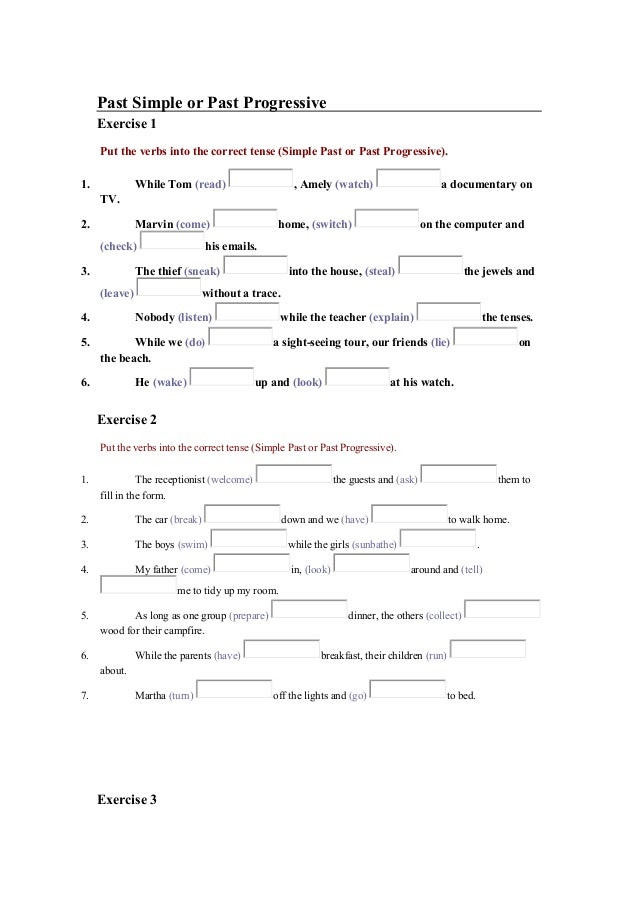
Past simple or past progressive
Do you want to express that the actions in the past happened one after another or at the same time? New action or already in progress? If you want to express that a new action happened in the middle of another action, you need both tenses: Simple Past the new action and Past Progressive for the action already in progress.

Simple Past and Past Progressive PDF
Simple Past - Past Progressive - Contrasted Simple Past - Past Progressive - contrasted Differences and similarities in the Simple Past and the Past Progressive 1. Use 2. Form 3. Examples 3.1. Affirmative sentences 3.2. Negative sentences 3.3. Questions 4. Spelling 5. Use Both tenses are often used in one sentence:

Pin auf Englisch Sekundarstufe Unterrichtsmaterialien
The past progressive describes an action that was in progress at a specific time in the past. It can be used: To describe an action that started in the past and was interrupted by another action: He was writ ing an e-mail when the phone rang. When the phone rang, he was writ ing an e-mail. While he was writ ing an e-mail, the phone rang
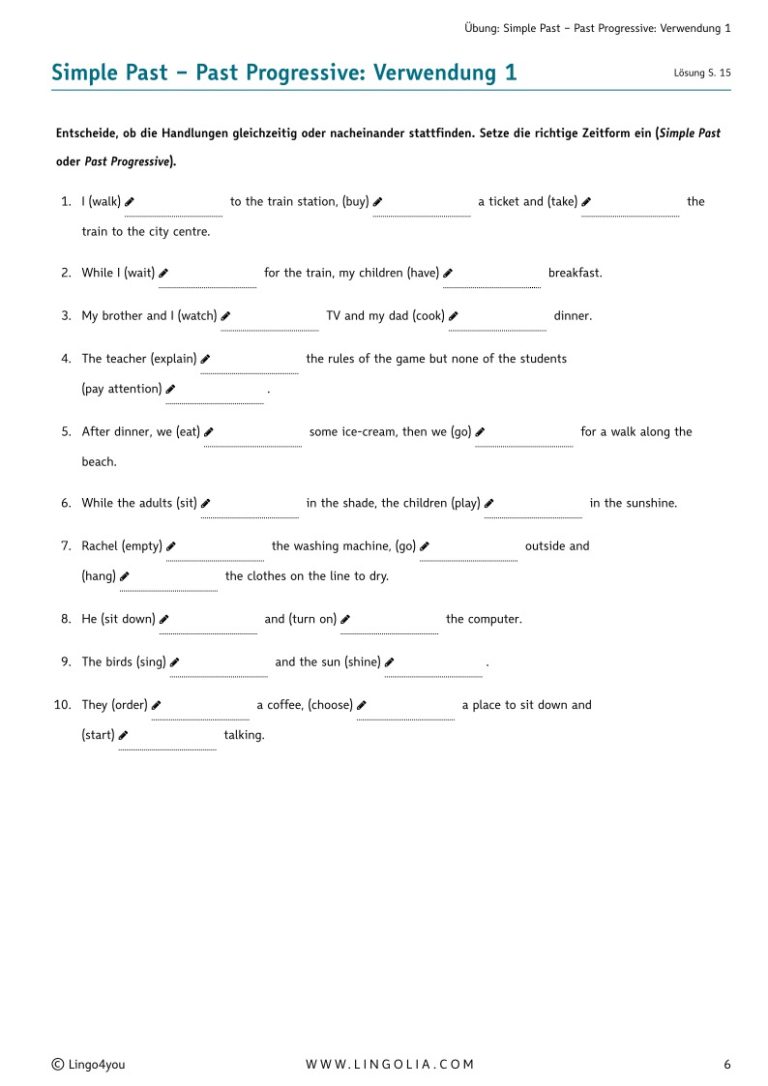
Gegenüberstellung Simple Past Past Progressive Lingolia Shop
started was starting were starting. to rain while she. watered was watering were watering. the flowers in her garden. When I. opened was opening were opening. the door, it. rained was raining were raining. .

Übung Gemischte Zeiten simple past, past progressive, present perfect, present perfect
The past progressive tense is used to refer to an ongoing past action that was interrupted by another past action (in the simple past tense) or to two past actions that were taking place at the same time. It can also be used to indicate that something was habitual (usually in a critical way). Examples: The past continuous tense

Past Perfect Vs. Past Perfect Progressive ESL Library Blog Simple past verbs, Teaching
Grammar explanation The past continuous and the past simple help us to show how two past actions or situations are connected. Past simple The past simple shows us that an action was in the past, not in the present. Regular past simple verbs have - ed at the end (e.g. called, played, arrived ).